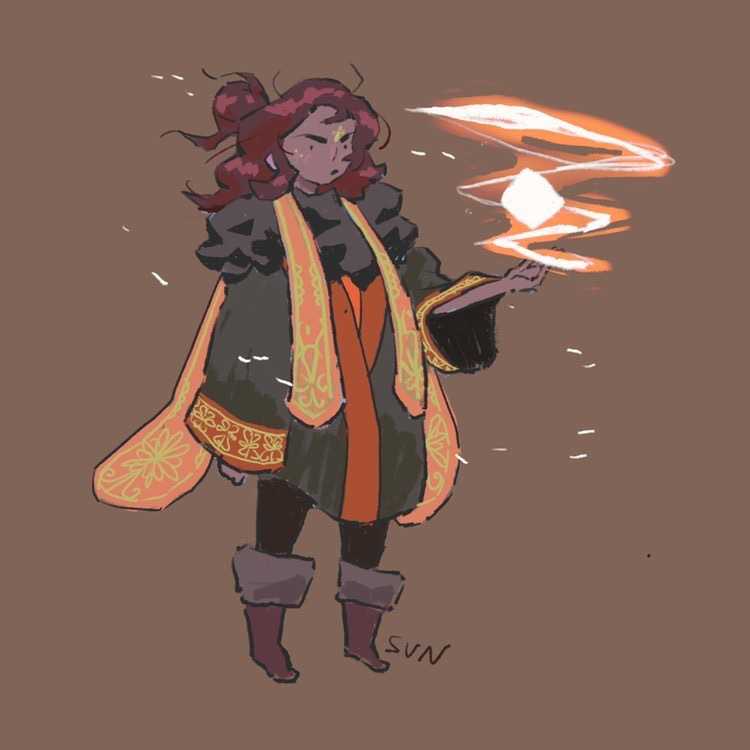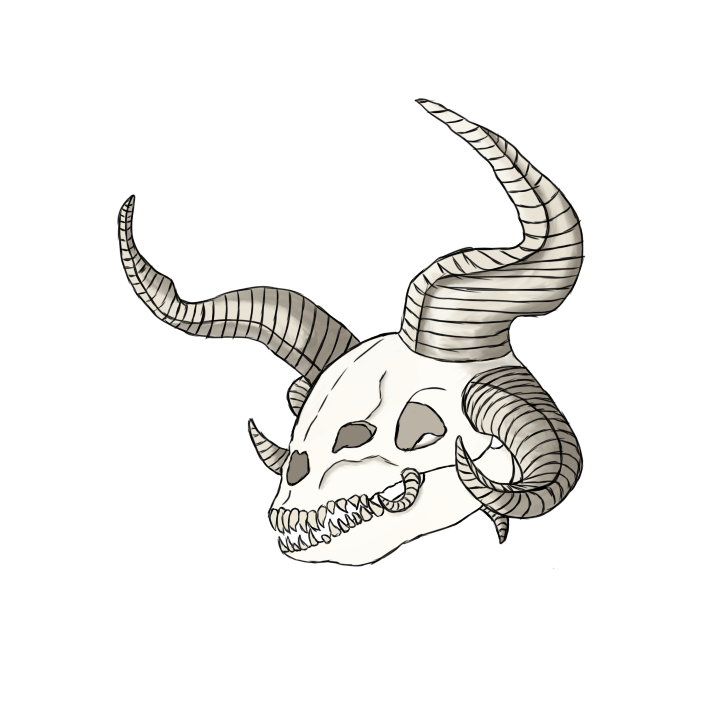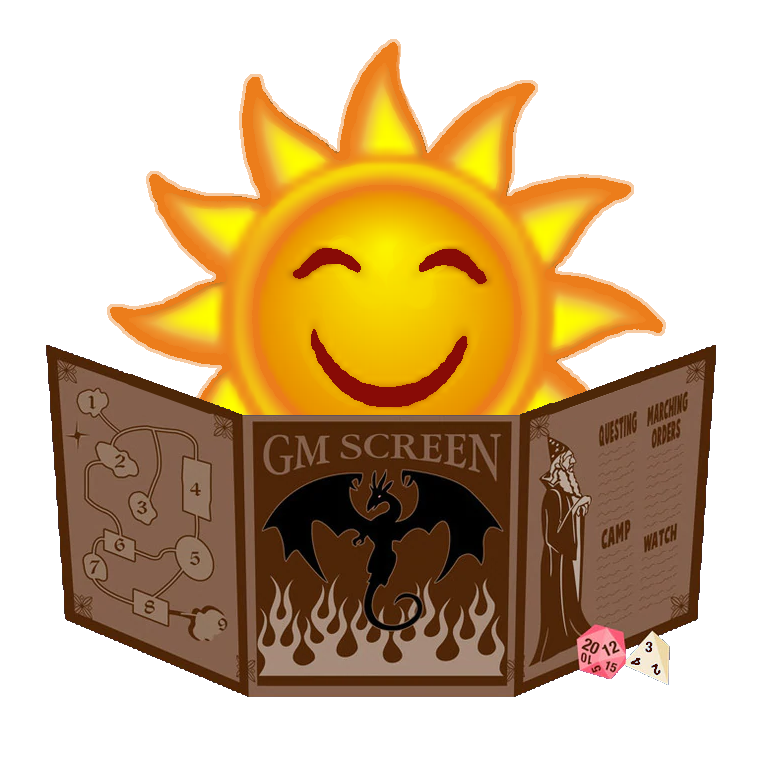Fungowl
The fungowls are a species of birds that live in the Moongrave mountains, they have a symbiotic relationship with some mushrooms that only seem to appear on adult fungowls.
Basic Information
Anatomy
Even though males and females look fairly similar, the latter tend to be larger. Most of their bodies are covered in light grey feathers, except for their wings, which are light brown/orange, and their faces, which have paler feathers arranged in a heart shape. Besides that, their legs and beaks are pink, and their talons as well as their eyes are black.
It should also be noted that adults have mushrooms growing on their coats in their upper body. These mushrooms are 1cm tall or less, and are brown, yellow or red colored with some rarer times being a color outside of this range.
To adapt to their nocturnal hunting, fly slower than other birds and their feathers reduce sound (making them one of the most silent birds) althought that made them unable to fly while raining as their feathers are not waterproof. Their big eyes help them see better in the night althought they are unable to move them so they move their head instead (up to a 270º), and althought they are good far sighted, they have difficulties to see things close to them. While their sight is very helpful with their nocturnal hunting, their hearing is what help them more, their ability to rotate their head so much help them locate their preys easier. Their talons and beaks are very strong, being able to pierce meat easily and some plants as well.
Genetics and Reproduction
Fungowls have tendency to mate with a partner for life, only changing partner if they died. Whenever a couple is ready to breed, they go to their nest and mate there. These nests are for life, meaning that they always come back to them and they are build by the male as a gift for the female after she has chosen him. If a fungowl changes partner because the previous has died, they will go to the nest from the female, meaning that if a female dies and the male finds another one, the male goes to the new female nest. These nests are usually build in holes under the trees that they will dig them themselves if needed (mostly the male) and they usually are near mycellium (because the large quantity of mushrooms in these mountains).
Usually a female is the one to be courted by the male. The male brings gift to the female to catch her attention, usually preys he killed or strong and quality materials that could be useful to make a nest. The male has also the role of taking care of the female while she incubates the eggs.
While its a rare sight, gay couples have been seen in this species. Because they cannot lay eggs between themselves, they have a vital role and it is to take care of other fungowls eggs. This does not mean they steal eggs from others but they help fungowls that lost their partners while in the middle of taking care of their hatchlings. Male couples usually take care of females by bringing food and making sure she and her kids are okay once or twice a day; female couples usually help a male by incubating the eggs (the females usually take turns and one incubates while the other helps hunting). Cases of a couple taking care of orphaned eggs are not uncommon, and because males do not have habit of incubating eggs, communities of gay couples have been seen with males couples hunting together and females couples incubation anormal quantities of eggs.
Before laying eggs, the female stays at the nest and lets the male bring her food to gain weight. When she feels ready, the male fertilized the female, then, in the next week or two, the female will lay eggs, one every one, two or even three eggs. Each clutch has between two to nine eggs, with five being average. These eggs are incubate during 30 days aproximate before they hatch.
Growth Rate & Stages
- Egg: The eggs are incubated by the female during 30 to 34 days.
- Chick: When they hatch, they are covered in down feathers (soft feathers). This stage lasts 6-8 weeks.
- Owlet: They start leaving the nest to explore althought they are not independent yet. After a week or two they are able to fly and start learning. After learning to fly, the female teaches them how to hunt. This stage lasts 4-6 weeks.
- Adult: they fully leave the nest, they are ready to breed.
Dietary Needs and Habits
The fungowls base their diet in small rodents and lizards and complement it with mushrooms from the mycellium they nest in when they are nesting. Cases of fungowls hunting other mammals and bigger have rarely been seen and most of the time they are not hunting alone as usually but with one or two other fungowls. These cases happen usually when their main food scarses.
Additional Information
Social Structure
The fungowls like to live in communities of 4 to 8 couples. They all help each other with food if necessary and tend the ill with food and rest. They all hunt alone althought will share food with injured and other fungowls that did not manage to hunt anything.
When the time to breed comes (when the first warm month start), they all go to their nest (which do not necessarily happen to be nearby) and will come back together after all hatchlings are independent and leave the nest. During this time, if the food is scarse, it is not uncommon for a male to go ask for help to other couples.
Males are expected to feed the female and hatchlings, but during the rest of the year, both can be seen hunting (be it together or alone).
Domestication
While uncommon to see (as other bird species are more commonly used), some fungowls have been used by farmers to eat their rodents in exchance of a place to nest safely. For smaller farms, this only works during the breeding period, as can only host one or two nests; but bigger farms could (althought it has not been done) host a hole community so they keep the rodents population at minimums if not at 0 during the hole year.
Mushrooms
Because their nest are near mycellium (and sometimes in mycellium), the fungowls have added mushrooms to their diet. Because of the magic that imbues this mountain range, seeds of the mushrooms entered the fungowls bodies and grow in them. These mushrooms grow inside the body until the fungowls are adults which then start growing outside their bodies.
Believed to be a consequence of the place they nest, some researchers took some couples of fungowls and made them breed outside their habitat and their nests in mycellium. They got surprised as the descendants of these captive fungowls all grow with mushrooms as well.
These mushrooms seem to help the fungowls survive slightly more as other animals seem to believe they are posionous because the mushroom's colors, and while these mushrooms absorb aliment from their blood, it does not seem to be enough to danger the fungowls health.
Hunting
While they are social animals (which is weird for a nocturne predator), they like to hunt alone as it is easier to not be discovered by their prey. Rarer times you can see two or three fungowls hunting together (3 has been the maximum amount of fungowls seen hunting together), and it usually happens when one has been wounded and is recovering.Myths
These animals have been believed to be carriers of plagues, illness, death and even famine, by the people living near the Moongrave mountains.
Some villages sacrificed fungowls at the start of planting times to pray for good collection.
Researches assure these birds do not carry plagues, illness, death or famine, after doing some test on the birds, but people do not believe them and still avoid these birds and the areas.
Some farms that are apart of towns believe they are good news rather than bad news.













I love the fungowls! <3 I love all the details you've thought of, especially how people in the mountains see them and the bit about same sex couples. <3
Explore Etrea | March of 31 Tales
Thank you! Had a great time writing about them so I'm happy you like them :D
Cool reads: Reaching the Meeraz | University of Delavar | Meeraz Morrow | Catoblepon's rambles